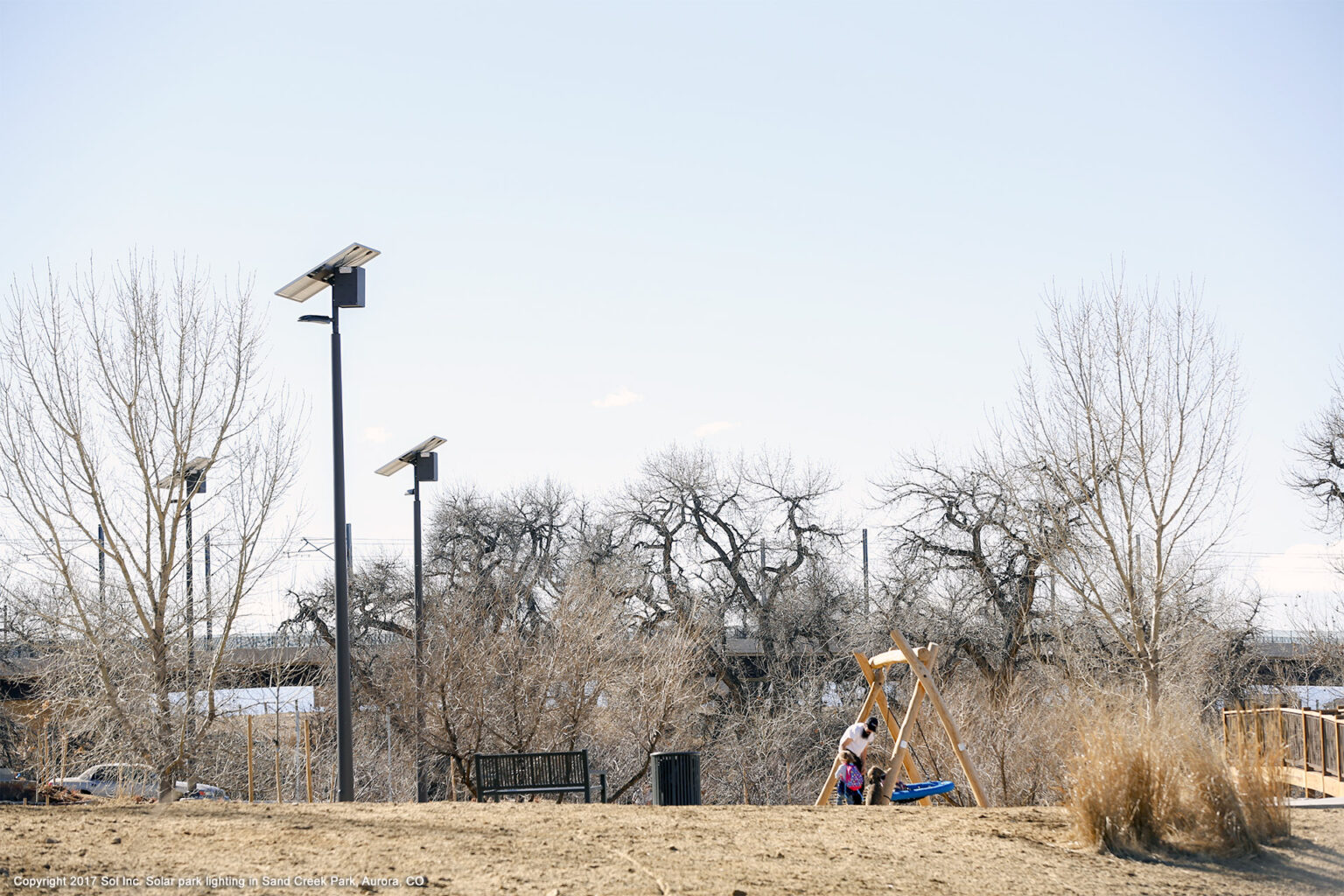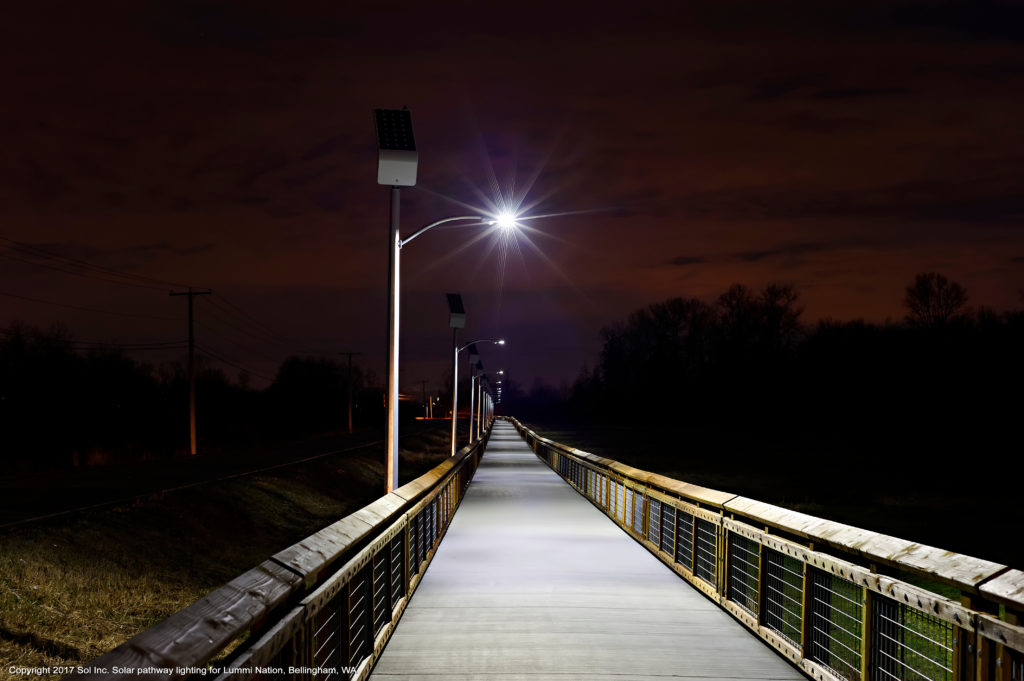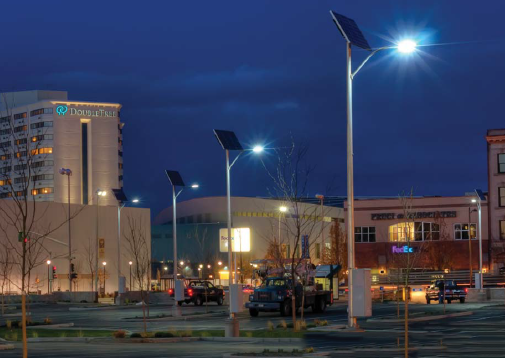Every year, more than 5,000 pedestrians and bicyclists die on US roads. Cities have generally built those roads for cars, and only for the last century. Most cities have not considered the idea of equitable, multi-modal transportation until much more recently. Safe routes for those walking, cycling, skateboarding, wheeling, pushing strollers, or otherwise traveling without a car are now a part of many cities’ Vision Zero or walkability initiatives—but the process is slow as we unravel the design issues piece by piece.
Unfortunately, unravelling doesn’t always happen equitably, either. Bridging the Gap, a 2012 Safe Routes to School National Partnership report, showed that 90% of high-income communities have one of the most basic types of infrastructure for walking: sidewalks. Meanwhile, only 49% of low-income communities have them. Similarly, the report showed that 75% of high-income communities have street lighting, while only 51% of low-income communities do. Since low-income people have the highest rates of walking and cycling to work, and children from low-income families are more likely to bike or walk to school, the lack of sidewalks and lighting can make their routes more dangerous.
Adding these basic types of infrastructure equitably to all communities is a great place to start when making safer routes to work, school, shopping areas, parks, and much more. Here are some other traffic safety infrastructure pieces to add to your safety initiatives.

Parks bring communities together—and sometimes, they act as a convenient shortcut through town. Proper lighting on park pathways and commuter trails helps increase the sense of safety when walking to work, school, or shopping areas. Try adding lighting on pathways children use to get to school. Learn more about pathways and park lighting.

Whether the street has adequate sidewalks, visibility can be improved with proper lighting. With directional, warm-white street lights, glare is minimized to help make pedestrians stand out. Those walking can feel a sense of safety while travelling early in the morning or after dark. Learn more about street and roadway lighting.

For those who aren’t making the journey home on foot, the route to the car can still be safer with parking lot lighting that helps improve visibility for those on route to their vehicles and other drivers navigating through the lot. Learn more about parking lot lighting.
| Tip: Many of these safety devices can be combined for a more robust solution at particularly challenging locations. Try an LED flashing yield sign before a roundabout, a radar speed sign before a school zone beacon, or a mid-block RRFB with new solar street lights to attract driver attention. |
Improving walkability in your community with a well-planned safety update can boost the local economy, reduce traffic congestion, and encourage community participation. Learn more about the benefits of adding outdoor lighting as well as traffic beacons.
